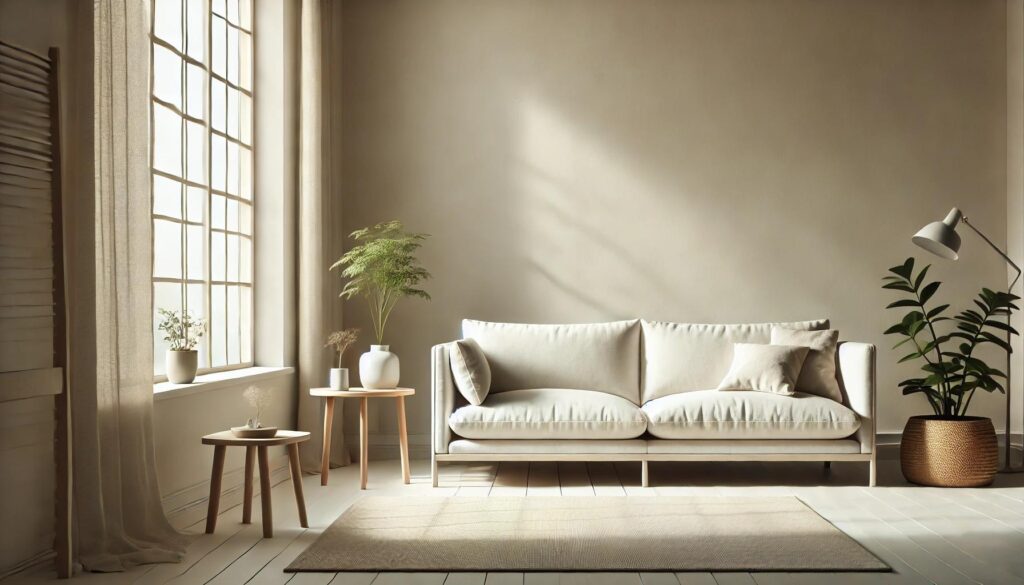
The Art of Minimalist Living: Finding Happiness in Simplicity
In today’s fast-paced world, where consumerism and clutter dominate our lives, the concept of minimalist living has emerged as a powerful counterbalance. Minimalism isn’t just about owning fewer things; it’s a lifestyle choice that emphasizes simplicity, intentionality, and finding joy in what truly matters. By shedding excess and focusing on essentials, minimalist living offers a path to a happier, more fulfilled life.
What is Minimalist Living?
Minimalist living revolves around the principle of “less is more.” It involves decluttering physical spaces, simplifying schedules, and prioritizing experiences over possessions. Minimalism isn’t a one-size-fits-all approach; it’s deeply personal and adaptable. For some, it might mean owning only the necessities, while for others, it’s about creating mental space by saying no to unnecessary commitments.
The Benefits of Minimalism
Minimalism offers numerous benefits that extend beyond a tidy home. Here are some key advantages:
Reduced Stress: Cluttered environments can overwhelm the mind. Minimalism fosters a sense of calm by eliminating unnecessary distractions.
Financial Freedom: Spending less on material possessions allows for saving and investing in meaningful experiences.
Increased Focus: With fewer distractions, it becomes easier to concentrate on goals and priorities.
Environmental Impact: Owning less contributes to reduced waste and a smaller carbon footprint, aligning with sustainable living.
Emotional Well-being: Minimalism encourages gratitude and contentment by shifting focus from what we lack to what we have.
How to Embrace Minimalist Living
Transitioning to a minimalist lifestyle doesn’t happen overnight. It’s a journey that requires reflection and intentional choices. Here’s how to get started:
Declutter Your Space: Begin with small areas like a drawer or shelf. Ask yourself if each item adds value to your life. Donate or discard items that don’t.
Adopt a Mindful Approach to Buying: Before purchasing something new, consider its purpose and whether it aligns with your values.
Simplify Your Schedule: Eliminate commitments that don’t bring joy or serve a meaningful purpose. Prioritize activities that enrich your life.
Focus on Quality Over Quantity: Invest in high-quality items that last longer rather than cheap, disposable alternatives.
Create a Gratitude Practice: Regularly reflect on the things you’re grateful for to cultivate a mindset of abundance.
The Emotional Side of Minimalism
Minimalist living often requires confronting emotional attachments to possessions. Sentimental items, for example, can be hard to part with. However, the process of letting go can be liberating. It’s important to remember that memories live within us, not in objects.
Moreover, minimalism can lead to a deeper connection with ourselves and others. By removing distractions, we create space for meaningful relationships and personal growth.
Minimalism in Practice
Minimalism extends beyond our homes. Here are some areas where minimalist principles can be applied:
Digital Life: Unsubscribe from unnecessary emails, delete unused apps, and limit screen time.
Wardrobe: Embrace a capsule wardrobe with versatile, high-quality pieces.
Diet: Simplify meals by focusing on wholesome, unprocessed foods.
Work: Streamline tasks and focus on what truly adds value to your career.
Finding Happiness in Simplicity
At its core, minimalist living is about aligning our lives with our values and finding happiness in simplicity. It’s not about deprivation but rather about abundance — an abundance of time, space, and energy for what truly matters.
In a world that often equates success with accumulation, minimalism reminds us that happiness doesn’t come from owning more but from living intentionally. By embracing simplicity, we can uncover a deeper sense of fulfillment and joy.
Minimalism is a journey, not a destination. Start small, be patient with yourself, and enjoy the process of discovering the art of living simply.

hello world
I am a person named x